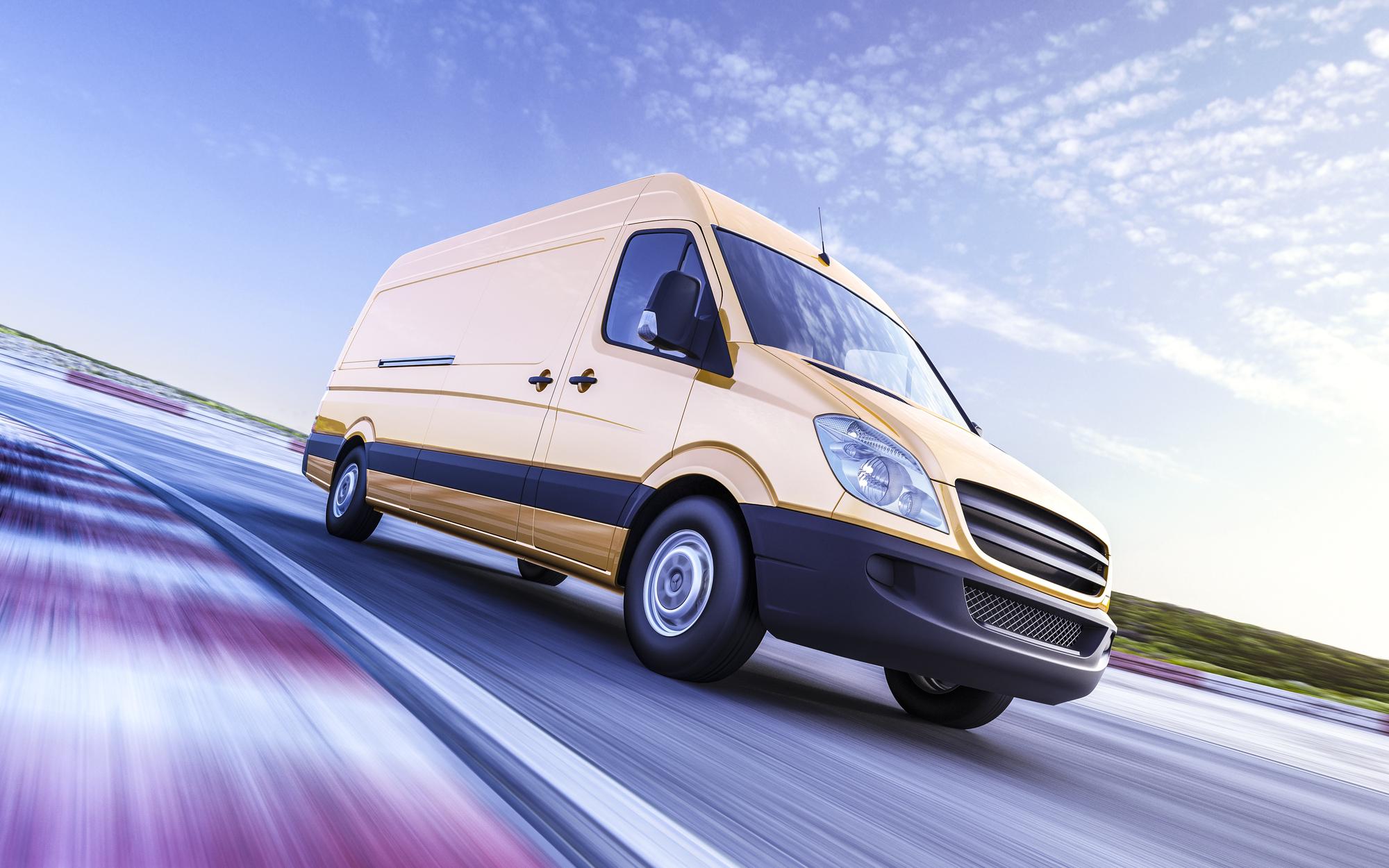Cannabis delivery is quietly rewriting the rules of how people buy weed in the United States—one app notification, zip-code geofence, and doorstep handoff at a time.
The most obvious shift is behavioral: shoppers increasingly expect the same on-demand convenience they get from food or groceries. Cannabis marketplaces and analytics firms confirm the pull of e-commerce patterns on the category. Headset’s ongoing market analyses show that digital discovery—menu search, reviews, and real-time inventory—now guides a large share of purchase decisions, even when the final transaction happens off-app. That “digital front door” funnels consumers to delivery, scheduled drop-offs, or in-store pickup depending on local rules and fees.
Underneath the consumer experience is a patchwork of state regulations that either turbocharge or trip up delivery. California’s regulators opened the door to statewide delivery in 2019 through Bureau of Cannabis Control rules, later tested in court challenges that largely preserved the status quo: licensed companies can deliver across city lines, but local authorities may still police their own bans. The result is an uneven but workable lattice that lets platforms cluster depots and route orders across many municipalities.
Massachusetts took a different path, creating standalone delivery licenses—Courier and Delivery Operator—and reserving them initially for Social Equity and Economic Empowerment applicants. That design both expanded access and used delivery as a vehicle for industry inclusion, albeit with its own cost structure and compliance load. Annual license fees, reduced for equity licensees, and detailed operating rules define margins and scale aspirations for would-be carriers.
These choices matter because delivery economics are fragile. California’s most high-profile delivery brand, Eaze, reported millions of completed orders over its lifespan, yet it has also been a barometer for the pressure of taxes, fulfillment costs, and pricing competition. In late 2024, Eaze moved to wind down its delivery arm Stachs amid persistent market headwinds—an unmistakable signal that convenience alone cannot outrun structural burdens. Labor tensions and threatened strikes earlier that year underscored how driver pay, mileage rates, and depot staffing affect reliability and consumer trust.
And delivery is not growing everywhere. Denver illustrates the downside risk when rules, costs, and alternatives misalign: the city reported month-over-month declines in delivery volumes through most of 2024, citing regulatory complexity, plentiful walk-in options, and tighter household budgets. The lesson is simple: if driving to a nearby dispensary is easy and cheap, many shoppers will do that—unless delivery can offer selection, speed, and price that feel compelling.
Still, the long arc favors more digital buying. BDSA forecasts continued U.S. sales growth, and industry trackers expect e-commerce and delivery to claim a bigger slice of that pie as legalization spreads and software improves. Weedmaps’ recent consumer insights point to evolving basket composition online—edibles were nearly half of nationwide orders in a recent quarter—with local nuances like even higher edible share in New York. These patterns mirror the comfort of discreet, non-combustible products ordered from a couch, and they reward platforms that personalize menus and promotions.
Public opinion is also tailwind. Pew Research Center reports that an overwhelming share of U.S. adults favors legalization in some form; that sprawling acceptance pushes policymakers to normalize retail channels, including delivery, and pushes consumers to treat cannabis like other regulated convenience goods. At the same time, Gallup finds more mixed views on cannabis’ societal effects—an undercurrent that keeps compliance, age-gating, and neighborhood concerns in the foreground for delivery operators.
The shopper journey itself is being rebuilt online. Academic research tracking dispensary websites across multiple cities between 2022 and 2023 found significant evolution in digital marketing practices—more structured menus, clearer promotions, and streamlined order flows—consistent with a retail category maturing toward modern e-commerce. Add marketplace tooling (filters by effect, terpene, potency, or brand) and you get a feedback loop: better data yields better recommendations, which in turn raise conversion for delivery.
But convenience has trade-offs. Delivery adds touch points—driver checks, ID scans, and signature capture—that must be bulletproof to avoid violations. In equity-focused models like Massachusetts, compliance is both a protective moat and an overhead line item: GPS logging, secure vehicles, camera coverage, and cash-management protocols are mandatory. Where fee caps and tax relief exist, operators can pass savings on; where they don’t, service fees blunt demand. The result is a map of micro-markets where delivery either slots in as a premium convenience or, with the right rules, becomes the default way to buy.
Category mix is also shifting as delivery expands. Headset’s holiday reads show explosive single-day volume on 4/20, and broader market trackers note growth in easy-to-fulfill items like pre-rolls and edibles—products that travel well, require no cold chain, and fit predictable picking workflows. That makes delivery baskets look a bit different from in-store impulse shopping (think glass or accessories) and nudges brands toward formats optimized for doorsteps.
The next phase will be decided by policy and product design. States that harmonize delivery with brick-and-mortar—clear cross-jurisdiction rules, fair tax treatment, practical security standards—are likely to see more consumer adoption and healthier operators. Platforms that treat delivery as part of an omnichannel stack (reserve online, pay at door, loyalty synced across app and storefront) will capture shoppers who toggle between convenience and experience. And as legalization reaches more zip codes, delivery will increasingly function less like a niche add-on and more like the default front end of a regulated, data-driven retail system.
In short, cannabis delivery is changing how people buy by normalizing digital discovery, reframing access, and forcing a reckoning with costs and worker realities. Where regulations smooth the road, consumers follow. Where they don’t, the convenience revolution idles at the curb.

